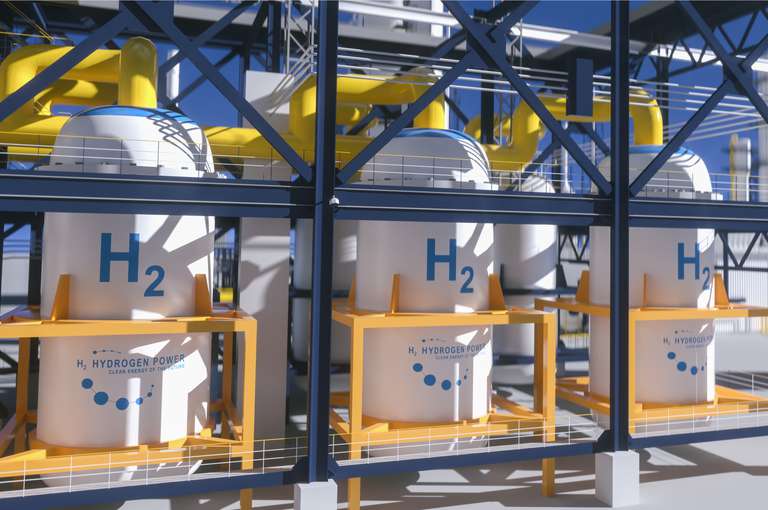EagleBurgmann international
EagleBurgmann WORLDWIDE
With around 250 locations and 90 serve centers, we are represented in the most important economic regions of the world. The advantages are clear: short paths to our customers, fast response times and a shared language.
Hydrogen Production

Hydrogen was first identified back in the 18th century and has been produced for centuries. Therefore, the production of this gas is not an unfamiliar process. The most common way of producing hydrogen to date is from natural gas via steam methane reforming (SMR) or autothermal reforming (ATR). This process has the drawback of releasing CO2 and is labelled as gray hydrogen. CO2 emissions, which are a driving force in anthropogenic climate change, have returned to levels higher than before the COVID-19 pandemic, which has led governments and industrial players from over 130 countries to set net zero targets by 2050. Meaning, gray hydrogen is no longer a feasible pathway…
Green hydrogen on the other hand, is produced using renewable energy to power an electrolyzer which splits water into hydrogen and oxygen producing no CO2. For this reason, most projects and companies favour this pathway to produce hydrogen. However, Carbon Capture Utilization and Storage (CCUS) technology can be applied to the gray production pathway to create what has been labelled “blue hydrogen”. Blue hydrogen can be produced with low CO2 emissions because of CCUS technologies which capture up to 95% of the total CO2 produced during SMR or ATR. Blue hydrogen has the advantage of utilizing existing plants and technologies. Turquoise hydrogen is that produce from methane pyrolysis where high temperatures (>1000°C) are used to split methane into hydrogen and solid carbon (C) which can be used for agricultural and other industrial purposes. This technology is very promising as it is more efficient than electrolysis due to the nature of the bonds in CH4 molecules compared to H2O. However, this technology is still being developed and not yet employed at scale.
Regardless of its colour, hydrogen itself is the same and EagleBurmann products are available for all production pathways. Water pumps for cooling, circulation and desalination are often crucial in hydrogen projects and EagleBurgmann is happy to have already supported our customers with technical clarifications and mechanical seal options. Depending on the application or end user region, hydrogen is often converted to ammonia (NH3) and also here we have supported customers with sealing solutions for NH3 offloading pumps. Hydrogen compression is a crucial part of the production value chain. Our dry gas seals are constantly being tested for the latest hydrogen applications and are available for hydrogen and NH3 compression now. We have even completed explosion and flame transmission resistance testing on our CobaSeal for pipeline blending applications along with multiple feasibility studies for customers.
The Eagleburgmann Group
Sealing technology for plants and machines
EagleBurgmann is one of the worldwide leading providers of industrial sealing technology. Mechanical seals, seal supply systems, magnetic couplings, carbon floating ring seals, expansion joints, gaskets and packings as well as comprehensive services are used wherever reliability and safety are needed.
Mechanical seals and more
Sealing technology by EagleBurgmann is used worldwide in oil and gas industries, refineries, the petrochemical, chemical, and pharmaceutical industries, food processing, energy, water, mining, paper, aerospace, and other industries. Close to 5,800 employees provide their ideas, solutions, and commitment so that customers can rely on our sealing technology.
What makes us stand out is our excellent quality, great innovative capacity, and an extensive product portfolio for nearly all industrial processes and fields of application. Our product portfolio includes everything from mechanical seals and seal supply systems to magnetic couplings, carbon floating ring seals, expansion joints, and gaskets and packings as well as comprehensive services. Since we are part of the German Freudenberg and Japanese EKK group, we have all the necessary resources for a firmly based reliable partnership.